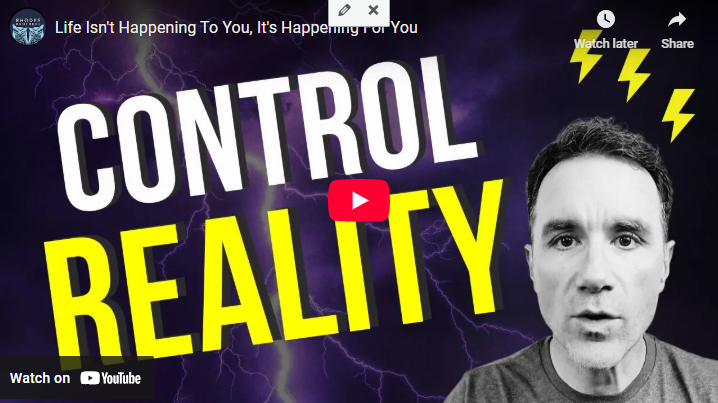For More Free Videos, Subscribe to the Rhodes Brothers YouTube Channel.
What if “starting from zero” wasn’t a setback… but a secret weapon?
Forget the hustle-hype that says you need to have it all figured out. In reality, starting with nothing gives you something most people never get—clarity. No clutter. No confusion. Just raw, untapped power waiting to be directed.
In 2025, starting over isn’t failure. It’s freedom.
Whether you’re stepping out of a job you hated, recovering from burnout, or finally deciding to chase that wild idea you’ve been shelving for years—your next level begins with one thing: a baseline.
“The only way to truly start to figure it out is to have that Foundation—that Baseline.”— John S. Rhodes, Rhodes Brothers
A baseline is more than just a starting point. It’s your personal blueprint for growth. Without it, you’re just hoping. With it, you’re engineering your next evolution.
In this guide, we’ll unpack:
- Why baselines are the hidden engine behind real progress
- How to set your baseline in health, mindset, money, or business
- Tools and systems to track what matters most
- Common traps to avoid when starting over
- How to leverage your baseline into profit and momentum
Real Talk from the Trenches:
John S. Rhodes didn’t just build success overnight—he journaled nearly every single day for 10 years. Why? Because he knew that clarity creates power. And when you track your thoughts, actions, and results, you stop guessing and start growing.
Let’s dive into exactly how you can do the same—starting now.
TL;DR
- Why establishing a baseline is your first (and most important) move
- How to journal and track data to build momentum and clarity
- Tools like physical calendars, habit trackers, and apps to help
- How to use baselines in fitness, finances, meditation, and business
- Common mistakes beginners make and how to overcome them
- Actionable steps to go from zero to measurable progress
- Resources, FAQs, and expert strategies to keep you moving forward
What Is a Baseline—And Why It’s the Secret Weapon of High Performers
A baseline is your current, honest state. It’s not where you want to be—it’s where you are. In the words of John S. Rhodes:
“Baselines are real, but you need to establish them using the tools and techniques that are best for you.”
Whether you’re measuring your morning weight, your income, your meditation minutes, or your social media reach, your baseline is your truth. From there, every improvement becomes measurable progress.
Why Baselines Work for Everything (Fitness, Finances, Focus)
- In fitness? Track your weight morning and night.
- In mindset? Journal how you feel daily.
- In business? Log your revenue, leads, and customer feedback weekly.
- In manifestation? Measure the emotions and actions tied to your goals.
Step-by-Step Guide: How to Start from Zero with a Baseline
Step 1: Choose Your Focus Area
Start by picking one area in your life that you want to improve. Don’t try to fix everything right away—progress begins with focus. Maybe you want to feel healthier, regain control over your finances, become more consistent with mindfulness, or finally get your productivity on track.
Choose just one. This helps you build momentum without becoming overwhelmed.
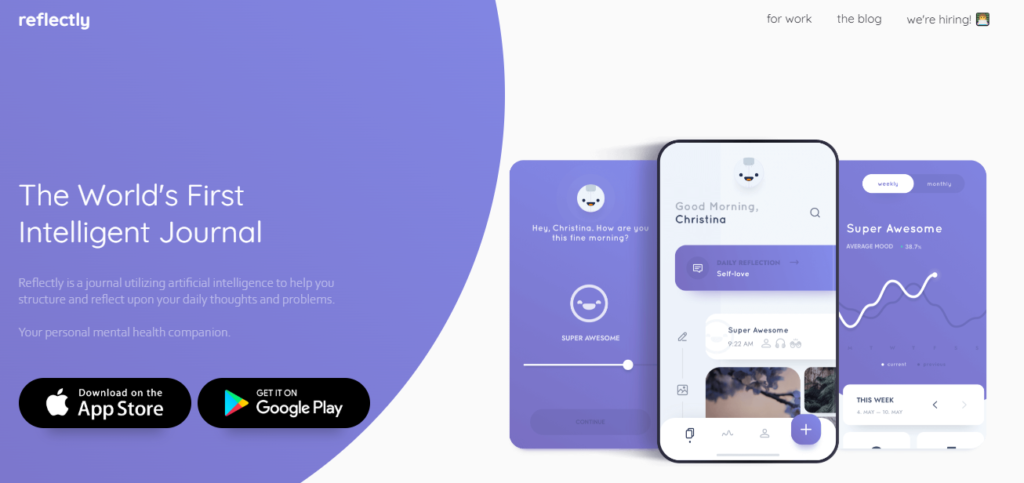
Tool Tip: If you’re unsure where to begin, use a free app like Reflectly or Daylio to log your feelings for a week. Patterns will emerge, showing you what area needs your attention most.
Step 2: Decide What to Measure
Now that you’ve chosen your focus, figure out what you can track daily or weekly that reflects progress in that area.
- For fitness, it might be morning and evening weight.
- For finances, your daily spending or savings.
- For productivity, the number of deep work hours completed.
- For mindset, how calm or focused you feel after meditation.
- For business, leads generated or content published.
Keep it simple. One number, one habit, or one feeling. That’s your baseline.
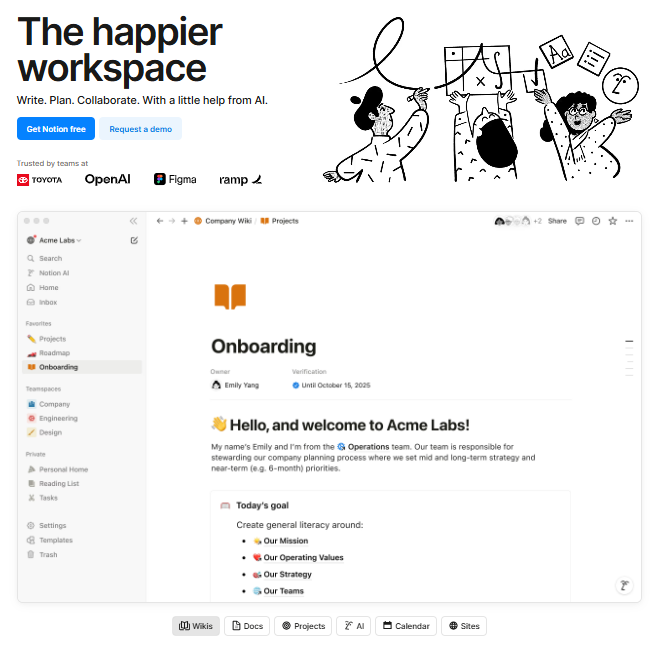
Tool Tip: Use Google Sheets or Notion to create a simple tracker you can update each day. If you prefer physical tools, grab a Moleskine notebook or a habit tracker journal like The Habit Nest.
Step 3: Set Up a Tracking System
Your tracking needs to be consistent, visible, and easy to use. Choose tools that fit your style.
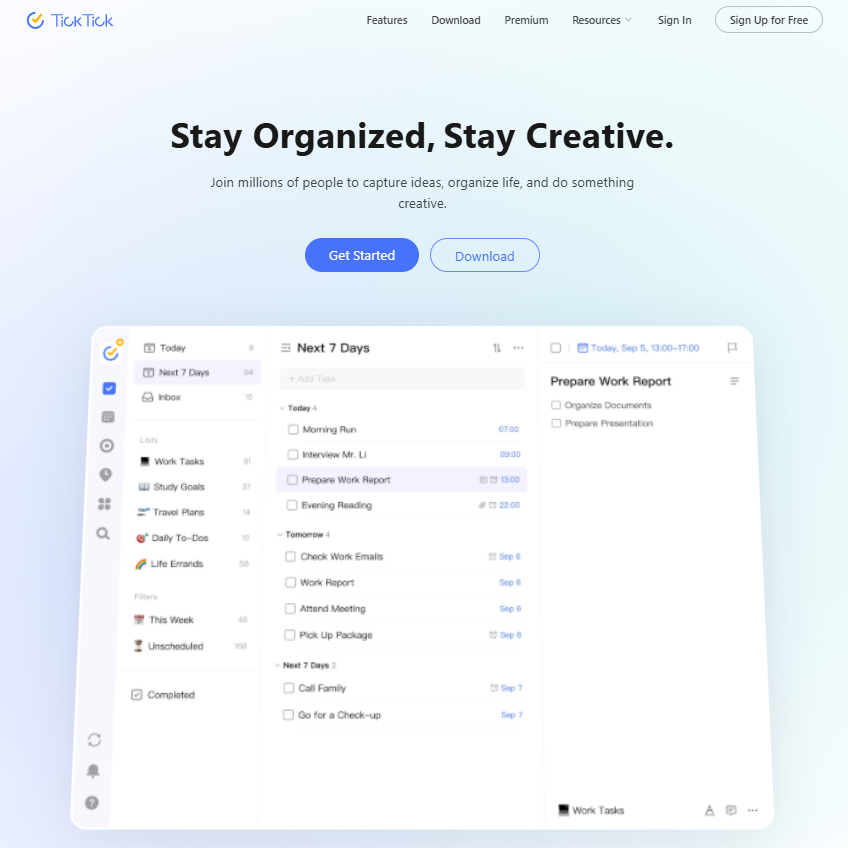
- Old school? Use a desk calendar like John S. Rhodes. He swears by his massive, physical calendar that lets him look at his entire year at a glance.
- Digital lover? Try apps like Streaks, Habitica, or TickTick to build daily habits with reminders.
- Visual thinker? Set up a whiteboard or wall chart where you can physically cross off each day you’ve followed through.
Pro Tip: The Don’t Break the Chain method (popularized by Jerry Seinfeld) is great here. Use red Xs on a calendar to visually track your streaks.
Step 4: Journal Your Insights
Tracking data is powerful, but journaling gives it context. Each day, write a sentence or two about what you did, how you felt, or what got in your way. This emotional layer is key to understanding your patterns and making meaningful adjustments.
John S. Rhodes journals almost every day and has for over a decade. Looking back, he not only sees numbers but also who he was during that time—his mindset, his focus, his growth.
Tool Tip: Use The Five Minute Journal for a structured approach, or try Journey (a digital journaling app) if you prefer typing on your phone or laptop.
Step 5: Review Weekly, Adjust Monthly
Once a week, sit down and reflect. You don’t need hours—just 10–15 minutes to ask:
- What progress did I make?
- What slowed me down?
- What can I change next week?
Then, every month, zoom out. Look for trends. Are you improving? Are you stuck? This is where growth becomes intentional instead of accidental.
Tool Tip: Use Evernote, Notion, or even voice memos on your phone to record your weekly and monthly reviews. If you’re using a physical journal, dedicate a page to monthly insights.
Actionable Steps for Different People
If you’re just getting started, especially as a beginner, don’t overcomplicate it. Begin by tracking just one simple thing for seven days—something you can measure daily without stress. Stick to pen and paper; the goal here is visibility and ease. Maybe you write it down in a notebook or even on a sticky note next to your bed. Then, set aside a few minutes every Sunday to reflect. Ask yourself: What did I learn? What changed? That small habit alone will start shifting your awareness in a big way.
For Millennials and Gen Z, tracking your baseline can be way more engaging when you bring in tech and creativity. Use apps that make habit-building feel like a game—Habitica is a great one that turns your goals into a role-playing adventure. You can also share your goals with a friend, join a digital accountability group, or post your streaks on social media. And don’t be afraid to have fun with it—use emojis, color-coded tags, or aesthetic journaling formats to keep things visual and expressive. This generation thrives on personalization and feedback loops—lean into that.
If you’re nearing retirement or in your later years, your focus might shift toward habits that directly impact longevity and peace of mind—things like gentle movement, healthy eating, and mindfulness. A large-print physical calendar can be a powerful visual tool to track simple daily actions like walking, stretching, or meditating. Journaling can also serve a deeper purpose here. Use it to reflect on family memories, express gratitude, and capture thoughts around legacy and purpose. This isn’t just about tracking life—it’s about honoring it.
Common Mistakes to Avoid
One of the biggest mistakes people make when starting from zero is trying to track too many things at once. It’s tempting to overhaul your entire life overnight, but that leads to burnout and overwhelm. Instead, focus on just one key metric or habit in the beginning.
Another common pitfall is inconsistency—missing a few days and then abandoning the process altogether. The fix? Anchor your tracking to a habit you already do daily, like brushing your teeth or making coffee. This helps build rhythm and reliability.
It’s also important to manage your expectations. Many people get discouraged when they don’t see instant results. But remember, real transformation is about momentum, not speed. Don’t obsess over day-to-day fluctuations—look for long-term trends.
Another mistake is tracking without reviewing. You might be collecting a lot of data, but if you’re not reflecting on it, you’re missing the point. Set aside time each week to check in, ask what’s working, and spot patterns.
Finally, don’t track just for the sake of it. Make sure your baseline connects to a meaningful goal or personal reason. When your tracking has purpose, it becomes more than a chore—it becomes a tool for self-mastery.
Frequently Asked Questions
What is a baseline and why does it matter?
It’s your current state. It matters because it gives you a starting point. You can’t improve what you don’t measure.
How do I establish a baseline in my life?
Pick one area, decide what to track daily, and use a journal or app to log it consistently.
What tools do I need to get started?
You can start with just a notebook and pen. As you grow, use apps like Notion or MyFitnessPal.
Can I use this method for business goals?
Absolutely. Track metrics like traffic, leads, revenue, or customer satisfaction.
How long should I track before seeing progress?
Track daily, review weekly. You’ll see patterns in 2–4 weeks. Real change happens in 90 days.
Is journaling really necessary?
Yes, it gives emotional context to your data. It connects your actions to your mindset.
How do I stay consistent?
Make it part of your routine—link it to an existing habit like brushing your teeth or morning coffee.
What’s the best time of day to track my baseline?
Morning and night are ideal. Choose one consistently if both feel overwhelming.
What if I miss a few days?
No worries—just restart. The goal is consistency, not perfection.
Can kids or teens use this baseline method?
Yes! It’s great for schoolwork, habits, and mindfulness. Use stickers or colors to gamify it.
Build Your Launchpad: Start from Zero, Rise with Purpose
You’re not starting from nothing. You’re starting from clarity. Today’s baseline is tomorrow’s breakthrough.
Establish your baseline. Track your progress. Own your transformation.
“Get started today by choosing one area of life and writing down your baseline. That’s your first win.”
Thanks for reading! If you found this helpful, don’t forget to subscribe to the Rhodes Brothers YouTube Channel for more actionable strategies to build greater wealth through mastery.
Resource List
Books
- Atomic Habits by James Clear
- The Slight Edge by Jeff Olson
- The Miracle Morning by Hal Elrod
- Your Best Year Ever by Michael Hyatt
Courses & Podcasts
- The Tim Ferriss Show – Productivity and performance insights
- Mindvalley Meditations – Mindfulness and personal growth
Apps & Tools
- Notion – All-in-one workspace for journaling and goal setting
- Daylio – Mood and habit tracker
- Trello – Visual project and goal management
- MyFitnessPal – Health and weight tracking
- YNAB – Budgeting tool
